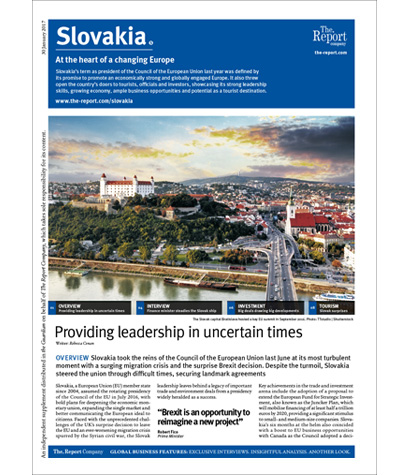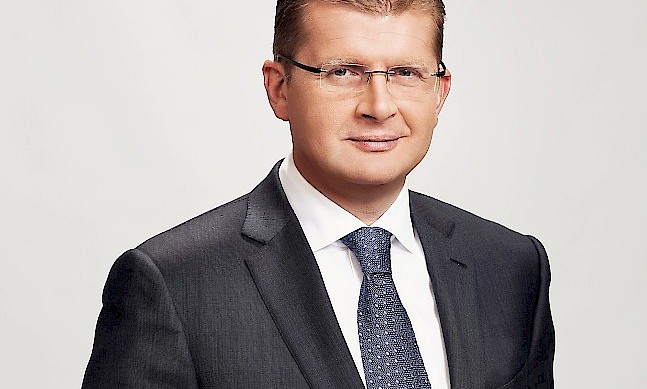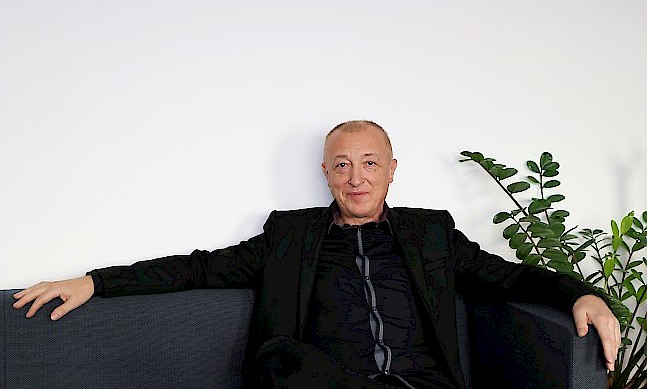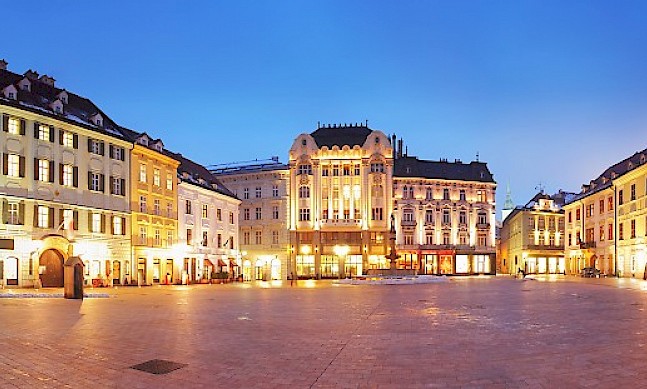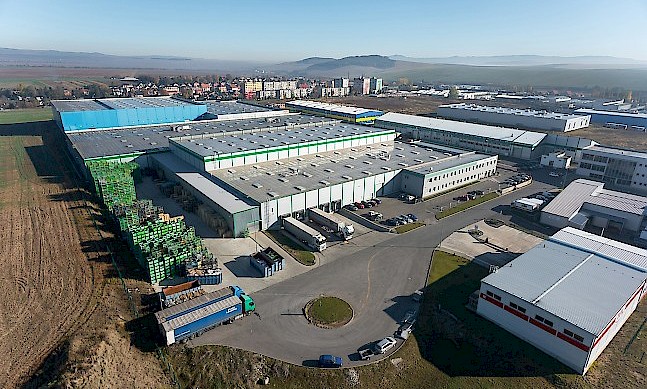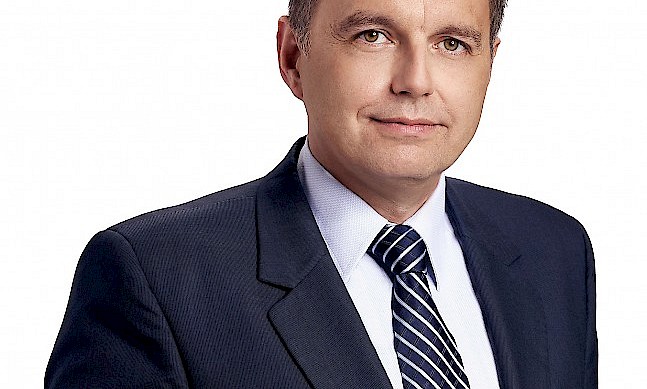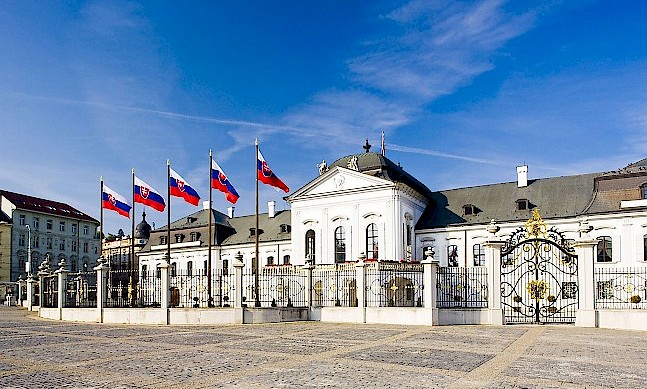The Slovak Investment and Trade Development Agency (SARIO) operates under the supervision of the Ministry of Economy to both increase inbound foreign investment and promote Slovak companies abroad. Robert Simoncic, who has led the agency since 2010, spoke about how it functions and what it can offer investors
The Report Company: You were appointed to lead SARIO in 2010 after a career in the private sector. How did you apply your previous experience and what have been the results?
Robert Simoncic: SARIO works like a high-level consulting company for investors and exporters, and as an engine to accelerate the Slovak economy, not only in terms of quantitative but also qualitative growth and adding value. The first thing we did on coming here was to define a long-term strategy for SARIO – which was to be a mechanism to accelerate the Slovak economy – defining the channels through which we communicate; defining the marketing messages; the added value of Slovakia; the value proposition for investors to come in here; defining how to accelerate not only the influx of investment, but also something we call technology upgrade, wherein investors keep upgrading to leading-edge technologies. We focus on getting some of the R&D components connected to Slovakia.
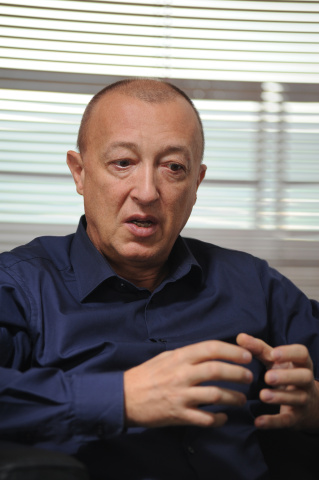 Photo: SARIO
Photo: SARIO
Of course, Slovakia has a strategy in general around the key sectors and focus areas, because a small country can’t tackle everything at the same time. Defining the sector messages, clusters and execution is important. We support and encourage companies to do some R&D, some development, some design, some testing of products and so forth, because in this way we can anchor investments for a much longer period of time. There is also a big focus on business service areas, which are growing tremendously.
Part of the strategy is also to focus on less-developed regions in Slovakia. We have been very much involved in new forms of foreign direct investment, in terms of mergers and acquisitions, joint ventures, and matchmaking complementary companies from Slovakia and abroad to develop a product or tackle a third market together. A big part of our strategy is sourcing, so if we bring an investor from abroad, we try to find Slovak companies that could plug into their supply chain.
Slovakia is one of the most open economies in the world, and we are certainly one of the top economies in terms of the contribution of exports to GDP. But we need to build our own strengths.
“SARIO works like a high-level consulting company for investors and exporters”
Robert Simoncic CEO of SARIO
Tweet ThisTRC: What strategies have proved most successful in attracting investors?
RS: It’s a combination. There’s no silver bullet. Of course, everything starts with good marketing messages and pre-sales. We are an end-to-end shop. We help companies implement the project, then once they’re up and running, we support their growth through after-care programmes. The satisfaction of foreign investors in Slovakia is very high, which means they keep bringing in new technology and expanding.
TRC: Are there any new lines of action in the pipeline?
RS: We have a new government now and it has very concrete measures for improving the business environment even further. Slovakia’s ranking in the World Bank Doing Business report has improved. The government also has a strong focus on education, and we are setting up a programme to attract back Slovak young people who are working abroad. There are roughly 20,000 in Ireland, maybe 40,000 in the UK, and roughly 100,000 elsewhere. They are typically very well qualified and have experience of working in other countries. We did a pilot project for Jaguar Land Rover, and I believe they collected about 35,000 applications in about three months.
TRC: What are the key sectors for investment in Slovakia?
RS: Slovakia is very strong in the automotive sector. The sector has a turnover of €24.4 billion and comprises established automotive suppliers that operate across several sub-sectors. The country’s flexible and developed supply network also provides it with great potential to supply a broad range of industries other than the automotive sector. Furthermore, Slovakia is also strong in energy, and in industrial areas such as consumer electronics, information and communication technology, metal processing, robotics, plastic manufacturing and processing of plastics, all of which are very important for the future. This all translates into research areas such as material sciences, biotechnology and biomedicine. State funds and EU funding will go into this type of applied research that will fuel the economy and increase the quality of industry.
Fast Facts
The annual turnover from the mighty Slovak automotive sector in euros.
Investment in Slovakia’s R&D sector has doubled since 2006 thanks to a concerted effort to add value to the country’s manufacturing base.
Average annual growth rate of investments in research and development in the past few years.
TRC: How would you appraise the environment for R&D?
RS: Investments in R&D have doubled since 2006, and over the last few years have grown steadily by 15%. We are successful at bringing higher added value into Slovakia for a number of reasons. We do a very good job of presenting the quality of the Slovak workforce and Slovakia’s capabilities. We still need to work on utilising our own research and R&D groups to connect them to foreign investors. We can’t just tell a company that is coming here to bring some R&D. We need to find teams in Slovakia that already have similar abilities. Specifically in IT, we are doing very well. IBM employs more people in Slovakia than in Poland, despite the fact that Poland’s economy is seven times larger, which shows that we have real strength in the information communication technology sector.
TRC: Are you satisfied with the investment relationship with the UK?
RS: We are in a steady state in terms of the amount of investment from Britain. Other than Tesco and Glaxo, we have typically received more mid-size companies from the UK. That has now all changed thanks to our big success with Jaguar Land Rover, which has made the largest foreign direct investment in the whole of Europe in the last seven years. And there will be lots of phases coming afterwards, which will create much more buzz in the UK about Slovakia. It’s not only suppliers that Jaguar Land Rover will be attracting, but also other companies. We want to leverage that message in the UK and focus a little more over the next couple of years on UK investors. We believe that the area of business service centres is a good value proposition, as well as automotive, which is a collection of industries. The supply chain is fairly broad in Slovakia and, as a follow-up to thinking about automotive, we are starting to see some interest in aviation.
“This is a one-stop shop. We provide a handholding process through all the procedures a company has to go through”Tweet This
TRC: What help is available for investors from SARIO?
RS: This is a one-stop shop. We provide a handholding process through all the procedures a company has to go through. We support investors in accessing all the services they need from professional companies, we can support them in defining their potential state aid requirements, we can help them with their workforce through the Ministry of Labour, we can help them with locations, and we can help them connect to R&D facilities throughout Slovakia.
TRC: How effective is the communication between SARIO and the regional administration and municipalities?
RS: Very effective. We are well connected. We were established by the Ministry of Economy and work under its auspices. We have a board of directors that includes a chairman appointed by the Ministry of Economy on the recommendation of the prime minister. On the board of directors sit representatives of the Ministry of Foreign Affairs, Ministry of Finance, Ministry of Economy, the private sector and chamber members. We are directly connected to all institutions and are basically a buffer between the investor and the bureaucratic engine that is found in any country. We make investments move.
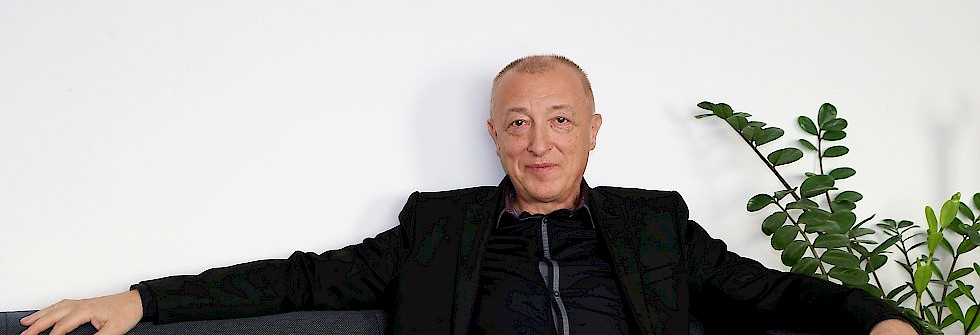 Robert Simoncic, CEO of SARIO. Photo: SARIO
Robert Simoncic, CEO of SARIO. Photo: SARIO
